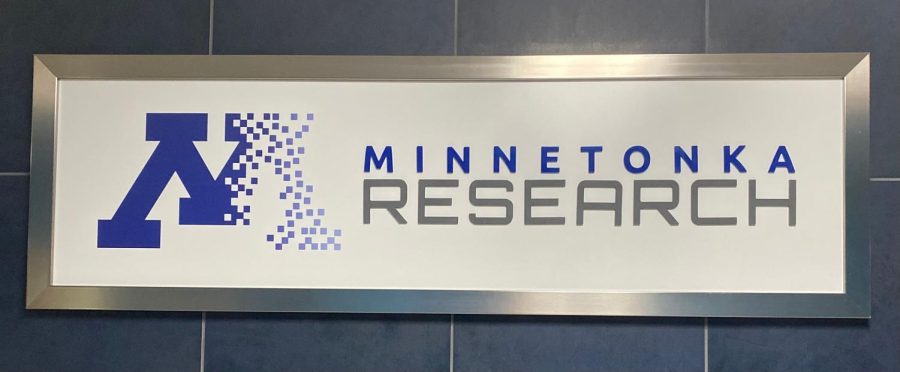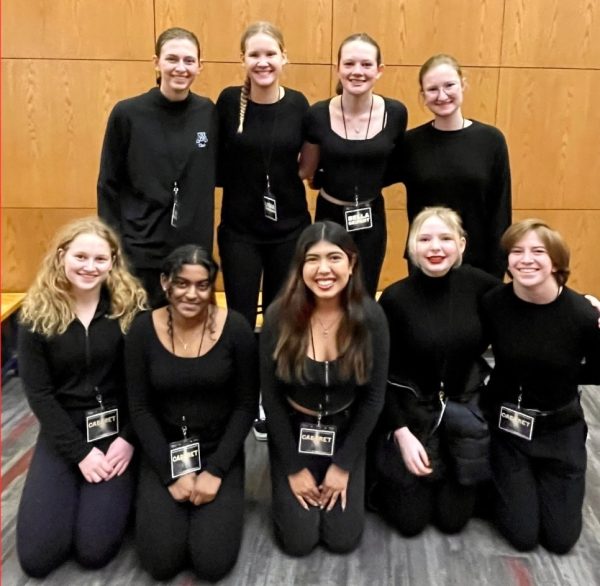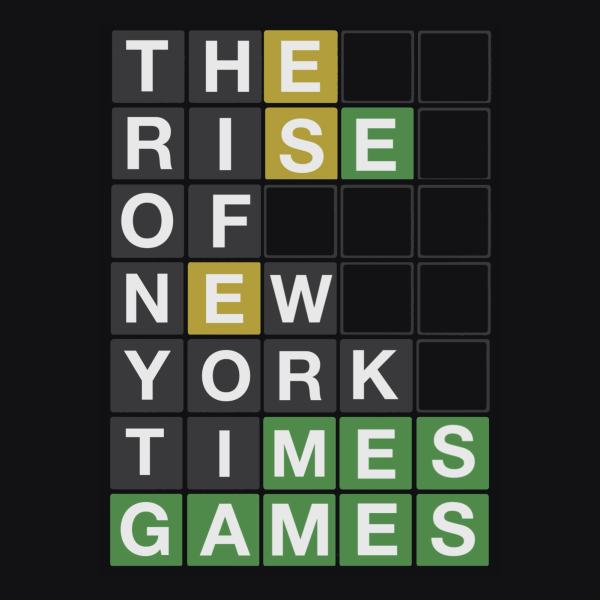The Upcoming Regional Science Fair
February 22, 2022
From Heart Week to STAMP testing, February has its fair share of excitement and activities. This month has been especially important for the students of Minnetonka Research, who have been preparing for the upcoming Twin Cities Regional Science Fair (TCRSF).
TCRSF is a local competition part of the greater International Science and Engineering Fair. Half competition, half science fair, winners can receive money and advance to higher levels. Students also have the opportunity to network and explore other research projects in a symposium-style event.
Competitors design their own research project, perform studies, analyze data and share their findings. Some work individually and others complete projects at their schools (like Minnetonka’s Research students).
Kevin Burns, one of the Research teachers, described what the Fair is normally like in a non-COVID year.
“At the end of February, all the students will literally print out physical posters and bring those posters to the Minnesota State Fairgrounds,” he said. “Students would be at hundreds of tables spread throughout the floor, and there would be judges and community members walking around and having conversations with the researchers about what it is they did and what they are continuing to do.”
This year, the Fair has moved to a virtual format, with student presentations housed on TCRSF’s website. Judging began on February 16, and results will be announced February 27 in an online awards ceremony.
When asked what he is most looking forward to about the Fair, Burns replied that he is excited “for the researchers to have a chance to see what else is out there.”
“It’s not as easy in a virtual setting, but being able to see all of the projects that other people are doing from other schools, from other districts, from all over the metro region—it’s a pretty unique opportunity,” he said. “Having those conversations with people—that’s what’s so fun about the real Fair. You’re sitting across from people at hundreds of tables, and you can just talk about the process and start to form a community of researchers.”
April Wang, ‘23, is a Research student who is using high-dimensional data analysis to predict COVID cases. This is her first time participating in TCRSF, so she does not know what to expect, but she is optimistic about her research and has gained a lot from working on her project.
“I learned a bunch of stuff like data analysis. I’ve done that before, but I haven’t done high-dimensional data analysis before, so that was all new,” Wang said. “I get experience doing research, the process of connecting research, and presenting my results.”
Valerie Nelson, ‘24, who is using soft robotics to make a prosthetic hand using silicone, said, “I think it’ll be a good experience,” she said. “I know what my project is, but to convey what it is to another person is more difficult. [The Fair] is good practice for how to do that.”
“It’s all part of the process. In the real world of research, conventions and symposiums just represent a timestamp of ‘here’s where I’m at,’” Burns said. “When you start participating in [these events], you start to realize that science in general is lifelong. There’s no end to it. It’s just this persistent quest to learn more.”
Burns said, “This is a really cool opportunity for high school students to be able to have, to immerse themselves in that world, way before [they] get to undergrad or graduate research.


























